SUMITRA BADRINATHAN, DEVESH KAPUR, MILAN VAISHNAV
As the 2020 presidential election in the United States approaches, Indian Americans are unexpectedly in the spotlight thanks to their growing affluence and influence in political circles and Democratic candidate Joe Biden’s selection of Kamala Harris (who is of partial Indian origin) as his running mate.
But significant attention is also being paid to Indian Americans because a narrative is emerging that the apparent courtship between U.S. President Donald Trump and Indian Prime Minister Narendra Modi, compounded by concerns over how a Biden administration might manage U.S.-India ties, will push Indian Americans to abandon the Democratic Party in droves.
Sumitra Badrinathan is an advanced PhD student in political science at the University of Pennsylvania. She studies misinformation, media effects, and political behavior, and employs survey and experimental methods in her work.
This study finds no empirical evidence to support either of these claims. The analysis is based on a nationally representative online survey of 936 Indian American citizens—the Indian American Attitudes Survey (IAAS)—conducted between September 1 and September 20, 2020, in partnership with the research and analytics firm YouGov. The survey has an overall margin of error of +/- 3.2 percent.
The data show that Indian Americans continue to be strongly attached to the Democratic Party, with little indication of a shift toward the Republican Party. In addition, Indian Americans view U.S.-India relations as a low priority issue in this electoral cycle, emphasizing instead nationally salient issues such as healthcare and the economy. As the political behavior of Indian Americans in the United States gains influence, this study provides an empirically robust and analytically nuanced picture of the diversity in attitudes of this important demographic.
Between 2000 and 2018, the Indian American population grew by nearly 150 percent, making it the second-largest immigrant group in America today. The community’s elevated levels of educational attainment and household income render its members valuable campaign contributors and potential mobilizers. And in select swing states, the Indian American population is larger than the margin of victory that separated Hillary Clinton and Trump in the closely contested 2016 presidential race.

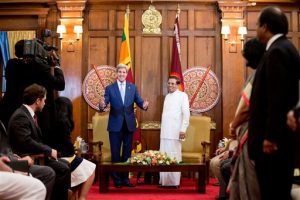
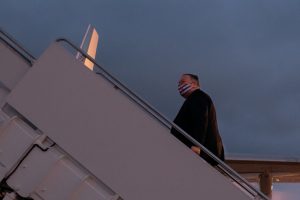

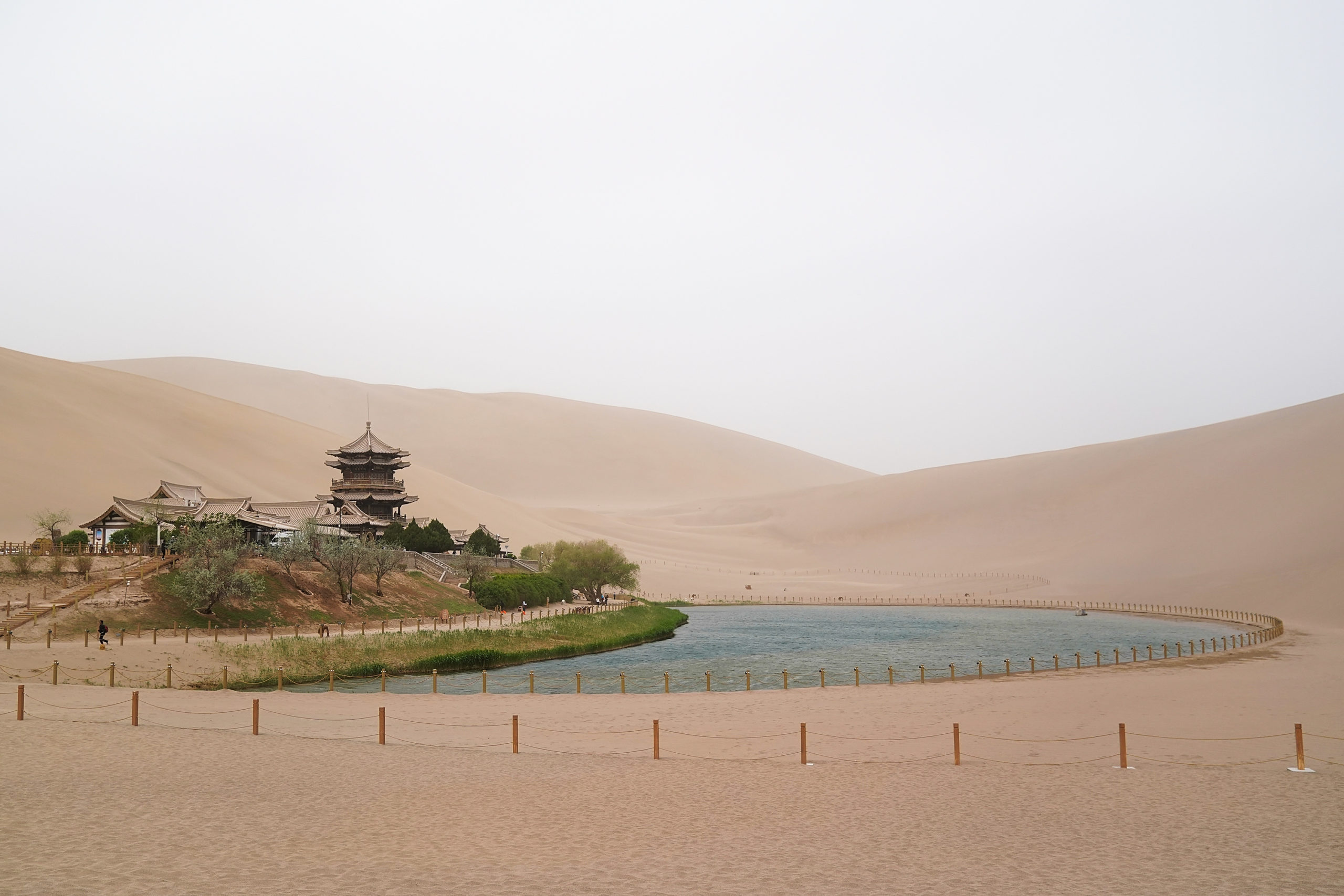


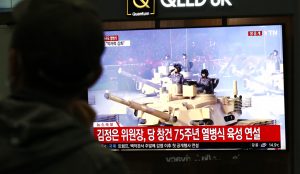
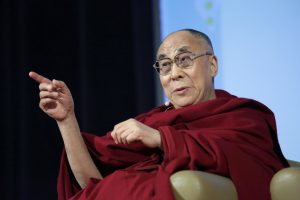




/cloudfront-us-east-1.images.arcpublishing.com/mco/TMN33O6USZC6BDZ6CJMJI22LHE.jpg)



